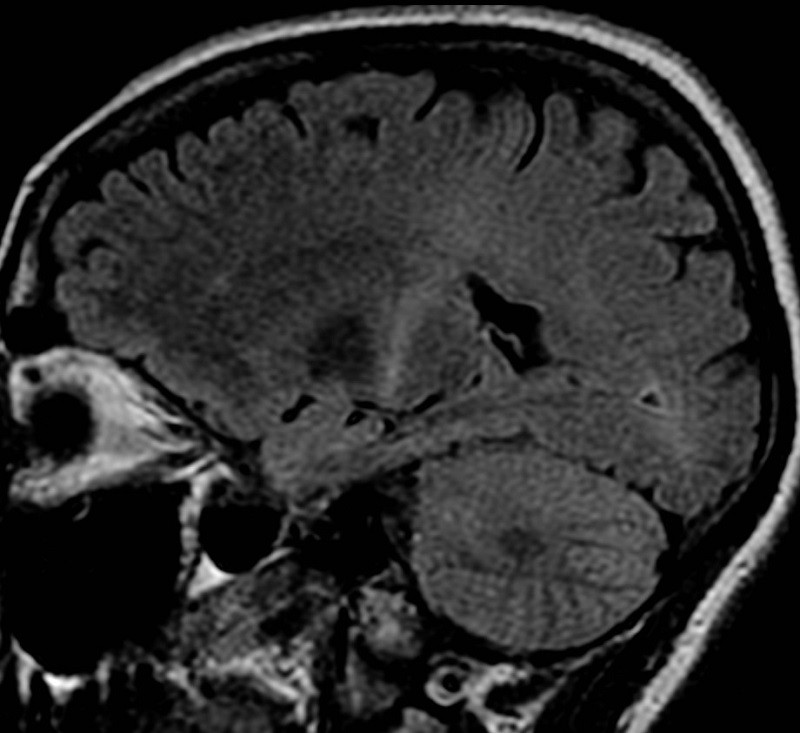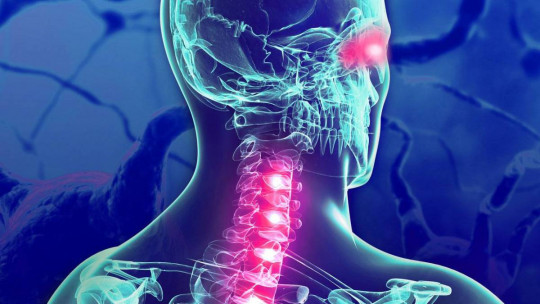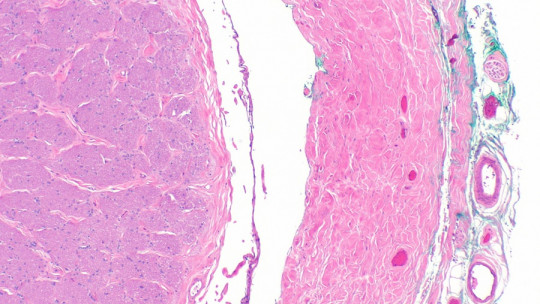On more than one occasion we have heard of multiple sclerosis and amyotrophic lateral sclerosis. Although their name is different, since they share the term “sclerosis,” there are those who confuse them or think that they must present the same symptoms.
These are actually two different neurological diseases, with different progression, treatments, symptoms and life expectancy, in addition to involving a varied degree of involvement.
Next we are going to discover what they are the main differences between multiple sclerosis and ALS
Main differences between Multiple Sclerosis and Amyotrophic Lateral Sclerosis
There are two neurological diseases whose name suggests that they are related and, in fact, they are. However, both have their particularities that not only affect the symptoms manifested by those who suffer from them, but also their treatment, progression and life expectancy. These diseases are multiple sclerosis and amyotrophic lateral sclerosis.
Before seeing the main differences between these two types of sclerosis, it is worth making a brief and quick description of both. Multiple Sclerosis (MS) is an autoimmune disease that affects the central nervous system, that is, the spinal cord and brain, while Amyotrophic Lateral Sclerosis (ALS) is a degenerative neuromuscular disease in which motor neurons are destroyed. .
As you can see, Both diseases involve neurological alterations , but the way in which it occurs, what causes it and how it affects the patient’s life is what differentiates both medical conditions. Next we will discover what the differences are between multiple sclerosis and ALS.
1. Symptoms
The first thing in which we observe differences are the symptoms of these two neurological diseases. At first your symptoms are similar sharing several symptoms of which we can highlight:
However, as the disease progresses, we can find several symptoms that can help us see if it is a case of MS or ALS.
Patients with MS present motor, sensory and cerebellar symptoms The first outbreaks of this disease are characterized by mobility problems, including tingling, difficulty walking and ataxia.
As the disease worsens, emotional and cognitive symptoms appear in the form of anxiety attacks, depression and memory problems, along with more physical problems such as fatigue, visual disorders, spasms and problems moving arms and legs.
Instead, Cognitive symptoms do not usually occur in ALS, but many motor problems do appear which cause the affected person’s control of voluntary movements to progressively decrease. The patient loses strength in his arms and legs and, in the last stages of the disease, difficulties appear in speaking, swallowing and breathing.

2. Causes
MS and ALS are also differentiated by the causes that are believed to cause them.
It is not known with certainty what the exact cause of MS is, although it is known that it is an autoimmune disease which may provide some clues. It has been theorized that the person responsible for this neurological condition could be some pathogen, such as a virus, that would cause the immune system to begin attacking myelin and oligodendrocytes. Myelin is the substance that protects nerve fibers, while oligodendrocytes are a type of nerve cell.
The exact cause of ALS is not known either, but it is known that its effects are different since the attack does not occur in the myelin but in the motor neurons Motor neurons are the cells responsible for controlling voluntary movements and, when these are attacked during the course of ALS, their death ends up causing muscle amyotrophy as they are unable to transmit the nervous impulse to the muscles.
3. Incidence of these two diseases
Another difference is the incidence of these two diseases, with multiple sclerosis being more common than amyotrophic lateral sclerosis.
In Spain there are about 47,000 cases of MS, while ALS accounts for about 4,000 in the same country. In Europe, MS has been diagnosed in around 700,000 people while ALS affects around 50,000 families. The prevalence of MS is between 80 and 180 cases per 100,000, while that of ALS is about 2 to 5 cases per 100,000 inhabitants.
- Related article: “Parts of the Nervous System: functions and anatomical structures”
4. Age of onset and gender differences
Multiple sclerosis has a much earlier age of onset than amyotrophic lateral sclerosis. MS appears between the ages of 20 and 40, with an average age of diagnosis of about 29 years, while ALS usually appears later, between the ages of 40 and 70 Due to how early MS can appear, this disease is considered the second cause of non-traumatic disability in young people.
There are also gender differences in the probability of suffering from one or the other. MS is more common in women than in men, while ALS occurs more in men than in women. The exact reason why there are gender differences in the appearance of these diseases is not known.
5. Heritability
Although it has not been proven that MS is hereditary, there is a greater chance of suffering from this disease if you have a family member who has received the diagnosis. Having a family member with MS is a risk factor for developing it, especially if it is first-degree, such as parents or siblings.
The heritability of ALS, however, seems to be a little more demonstrated since it is known that 10% of cases of this disease are linked to the mutation of a gene that is inherited from the parents.
- Related article: “Heritability: what is it and how does it affect our behavior?”
6. Disease progression
About 85% of patients with multiple sclerosis have a relapsing-remitting course , with specific outbreaks that subside with periods of certain recovery, whether total or partial. The symptoms associated with each outbreak progress for periods ranging from 24 to 72 hours, but then stabilize. There are even cases of people who can go years without experiencing an outbreak.
Up to 50% of patients with MS may suffer from the so-called secondary progressive form of the disease , with a slow and insidious course about 10 or 15 years after the first symptoms appeared. 15% of patients with MS present the primary progressive form, which involves a slow and progressive worsening of the disease. Patients with MS can have a life expectancy similar to that of the general population, as long as they receive adequate treatment to control the progress of the disease.
These particularities of MS differ greatly from ALS, since its course is always progressive, without outbreaks followed by periods of stability. However, the speed of deterioration can vary greatly depending on the case. Because the worsening is constant, the life expectancy of patients with ALS is about 3 to 5 years from the moment of receiving the diagnosis, although there are cases of people who have exceeded that life expectancy, such as the famous case of theoretical physicist and astrophysicist Stephen Hawking.
- You may be interested: “Types of dementia: the 8 forms of loss of cognition”
7. Treatments
As they are two different diseases, they also require different treatments. There is no cure for MS or ALS, but there are treatments that relieve symptoms and improve the quality of life of those affected.
Currently, effective treatments for MS have only been approved in people with the relapsing-remitting variety. For the primary progressive variety of this same disease, there are no effective treatments although the possibility of using corticosteroids such as dexamethasone has been raised.
The drugs used for people with MS are usually interferons: Avonex, Betaferon and Rebif. Copaxone, Mitoxantrone (immunosuppressant) and Natalizumab (monoclonal antibody) are also used.
For patients with ALS, there is currently only one marketed drug: Riluzole It is a glutamate blocker that prevents neurons from being destroyed by the action of that substance.
Regarding non-pharmacological treatments, such as psychotherapy, physiotherapy and speech therapy, there are also different options depending on the disease, the degree of deterioration of the patient and how quickly their disease progresses.









